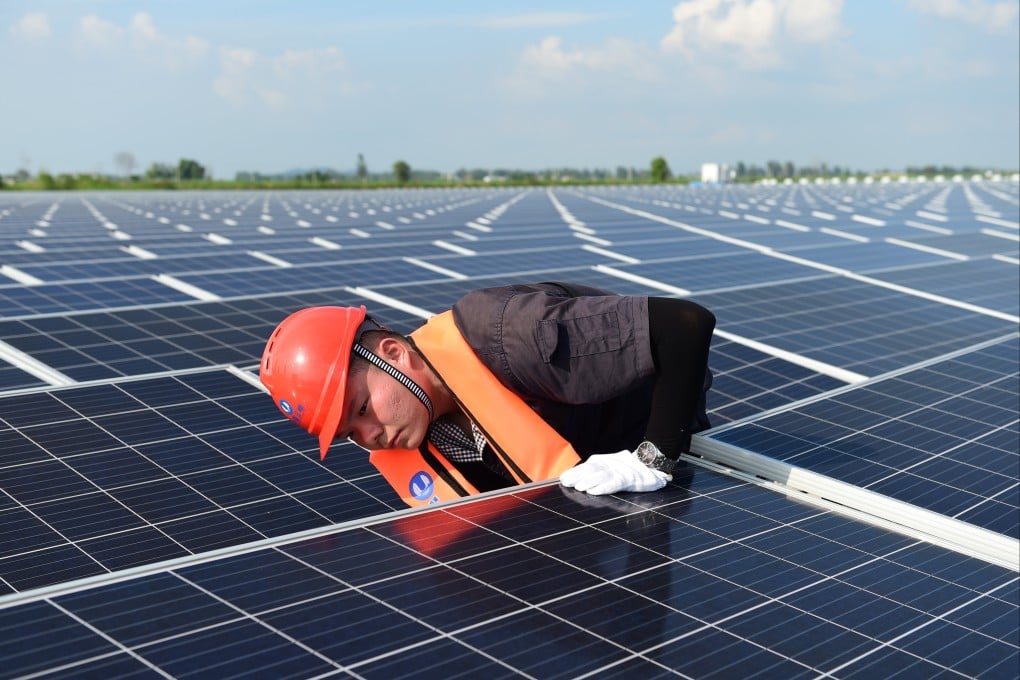China to remain renewable energy leader with strong capacity growth in 2022, despite subsidies phase-out
- With strong supply and demand for renewables, China will continue to see strong capacity growth over the next five years, analysts say
- Phasing out industry subsidies and a heavy reliance on coal are countered by government policies requiring investment in renewable energy

China will continue to be the global leader in renewable energy capacity growth over the next five years, despite phasing out renewable subsidies and the country’s heavy reliance on coal, which will remain unchanged in 2022, according to analysts.
The global renewable energy sector saw strong growth in the past two years, with new generation capacity reaching nearly 280 gigawatts (GW) in 2020, about 45 per cent more than in 2019, marking the highest year-on-year increase since 1999, according to the International Energy Agency (IEA).
Development of photovoltaic solar technology will also continue to break records, with annual additions reaching 162GW by 2022 – almost 50 per cent higher than the pre-pandemic growth of 2019.
However, additional wind capacity will slow in 2022, according to the IEA, after increasing more than 90 per cent in 2020 to reach 114GW. It will still be 50 per cent higher than growth from 2017 to 2019, though.
For several years, China has been at the centre of global supply and demand for renewable energy, leading it to account for about 40 per cent of capacity growth from 2015 to 2020. It was followed by Europe, the US and India. The four markets together accounted for 80 per cent of global capacity growth for the period, and are projected to increase that hold to 87 per cent between 2021 and 2026.
China’s share jumped 50 per cent for the first time in 2020 amid a rush to finish projects before government subsidies were phased out.